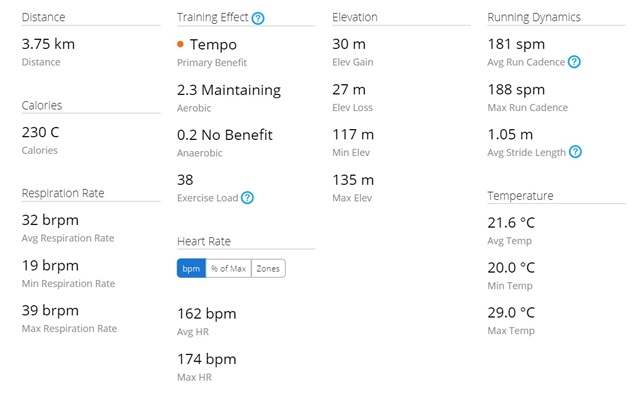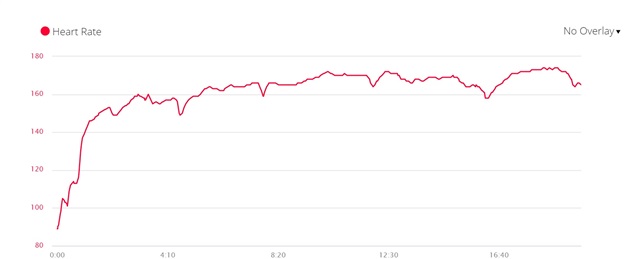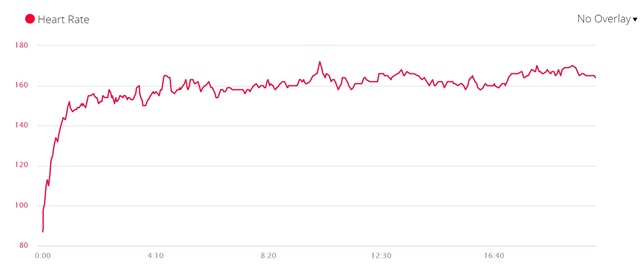Hi everyone,
So I'm using Polar OH1 as an external HRM for my Forerunner 945 when running and cycling. I have noticed the training load is significantly lower when compared with Garmin chest strap or Wrist HRM even when I'm running exact same route with same effort.
Specifically my load is roughly half of what it should be on Wrist HRM or Chest Strap, which is problematic.
I've included two pictures of same route, similar efforts and you can see the loads are significantly different.
A similar issue has been spotted by other users: https://forums.garmin.com/outdoor-recreation/outdoor-recreation/f/fenix-5-plus-series/163817/incorrect-training-effect-and-training-load-when-using-external-hrm
I've been communicating with Polar and they believe there might be some issues with Garmin mis-calculating training load when using third-party external HRM.
Any one who has experienced similar issue?
Thanks.










